Education. Student explains his mechanical marble run. Engineering for kids. School club. (video)
As an after school ECA (extra curricular activity) I run a woodwork club for students aged 8-11. Students begin by learning basic wood workshop skills such as, measuring accurately, cutting, drilling, sanding and gluing wood.
Indirectly students are also taught some basic physics. The laws of energy are saved for high school students but these younger ones begin to understand it and use it.
Kinetic energy is used at multiple points along the marble runs- the videos below give an example of this- without the marble transferring its energy to the rotating lollipop arm, the next 'runner' wouldn't drop into place after being hit and therefore block the route.
The marble of course wouldn't be able to roll without gravity. Gravity itself is not a form of energy BUT gravity creates potential energy.This is where complicated physics has to be explained and translated in 'easy' terms for the younger students to make sense of.
Potential energy is energy that is in an object due to its position- rather like a ball at the top of a hill or learning back and pivoting on your chair!
Kinetic energy is the energy of motion or movement- like getting pushed over when another student runs into you, a ball rolling down a the hill or pushing a door closed.
Potential energy can be changed into kinetic energy and kinetic energy can be changed back into potential energy.
Students were encouraged to refer to these terms from time to time but usually found easier and quicker alternatives to use!
The video above shows a section of the marble run that uses both kinetic and potential energy.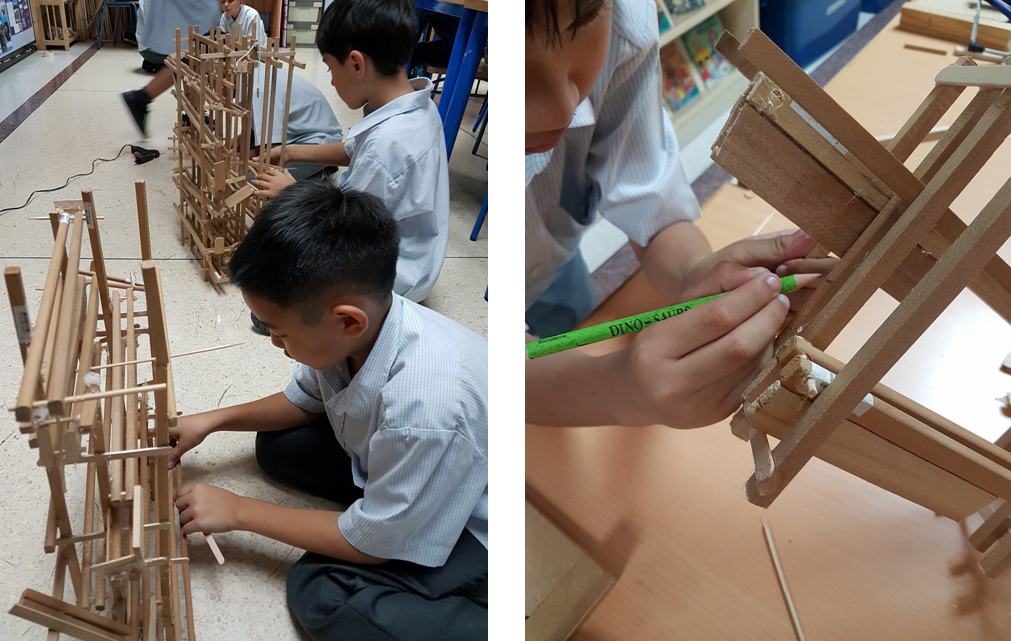
I first planned to teach pre-planned sketches alongside the class. Students could draw out their ideas and follow the plans they had. This never happened to due to limited time and a lack of interest from the students- they just wanted to build and find solutions as and when they encountered them.
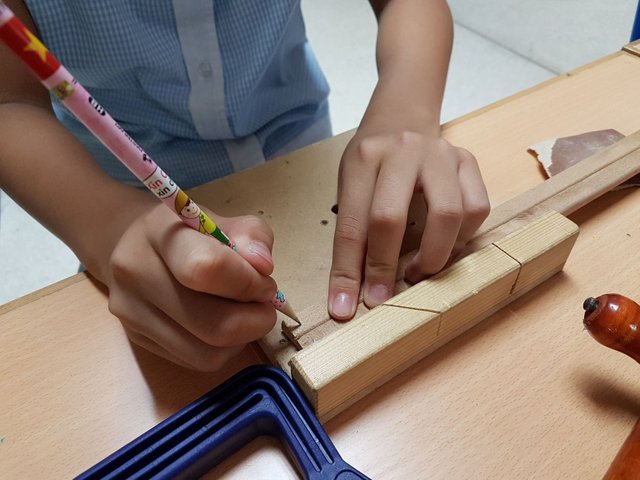
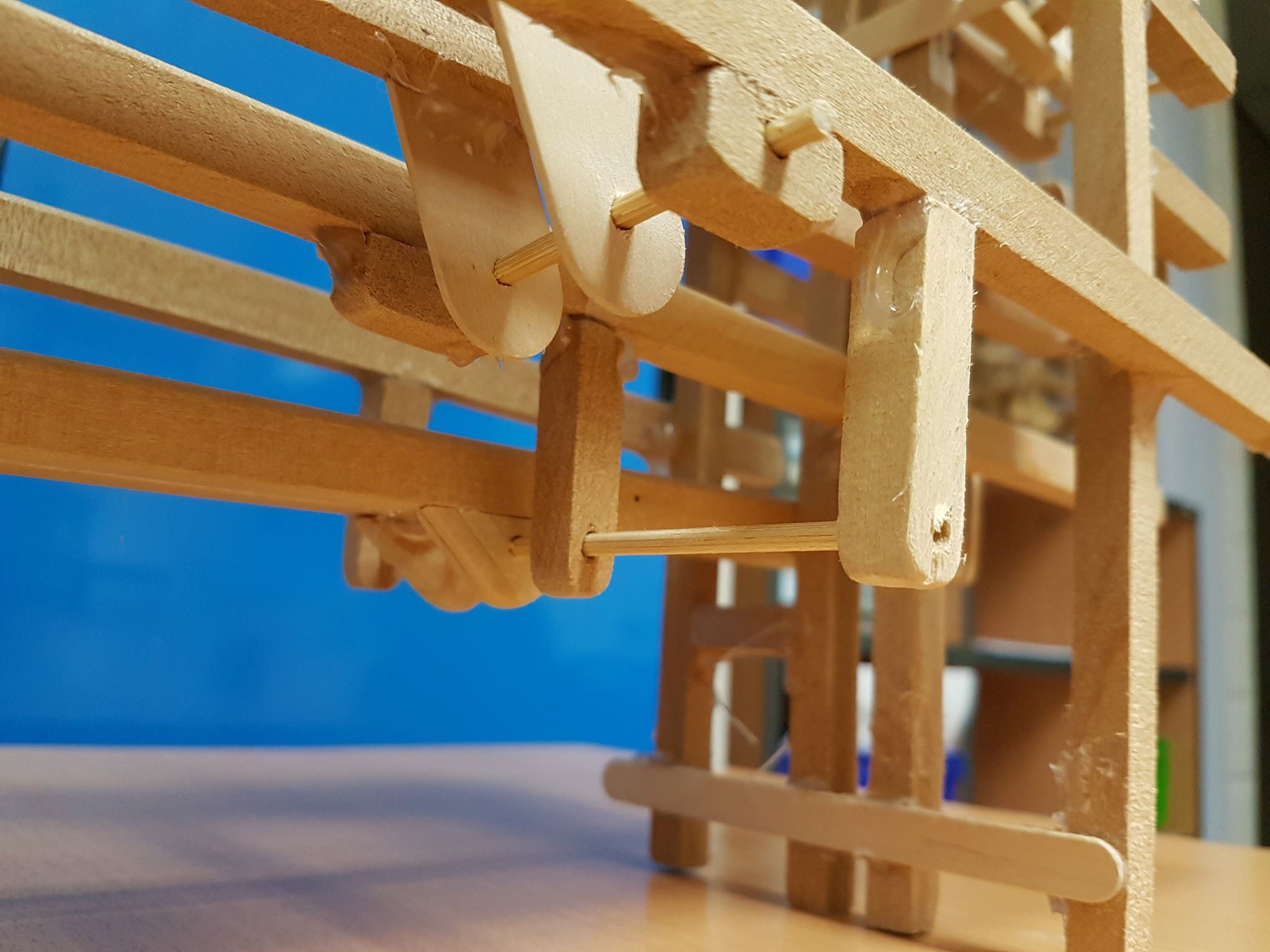
Moving parts added a mechanical challenge and also pushed the students solve multiple problems through trial and error.
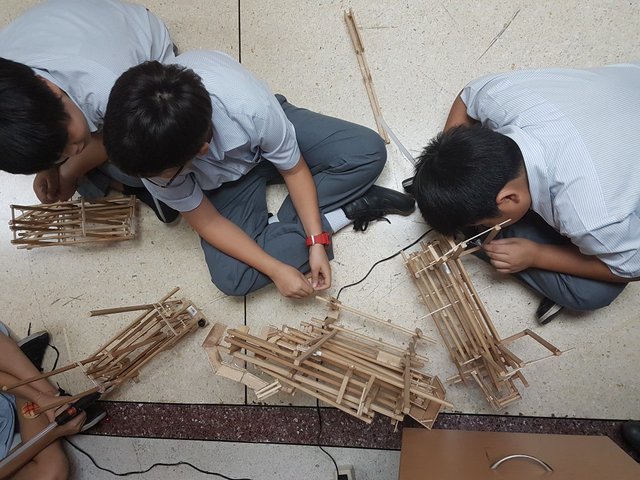
Students began the course following a basic template to get started. Each student made their own individual marble run, but were allowed to help each other and bounce ideas off of friends. They quickly learned that solutions were solved quicker in a group.
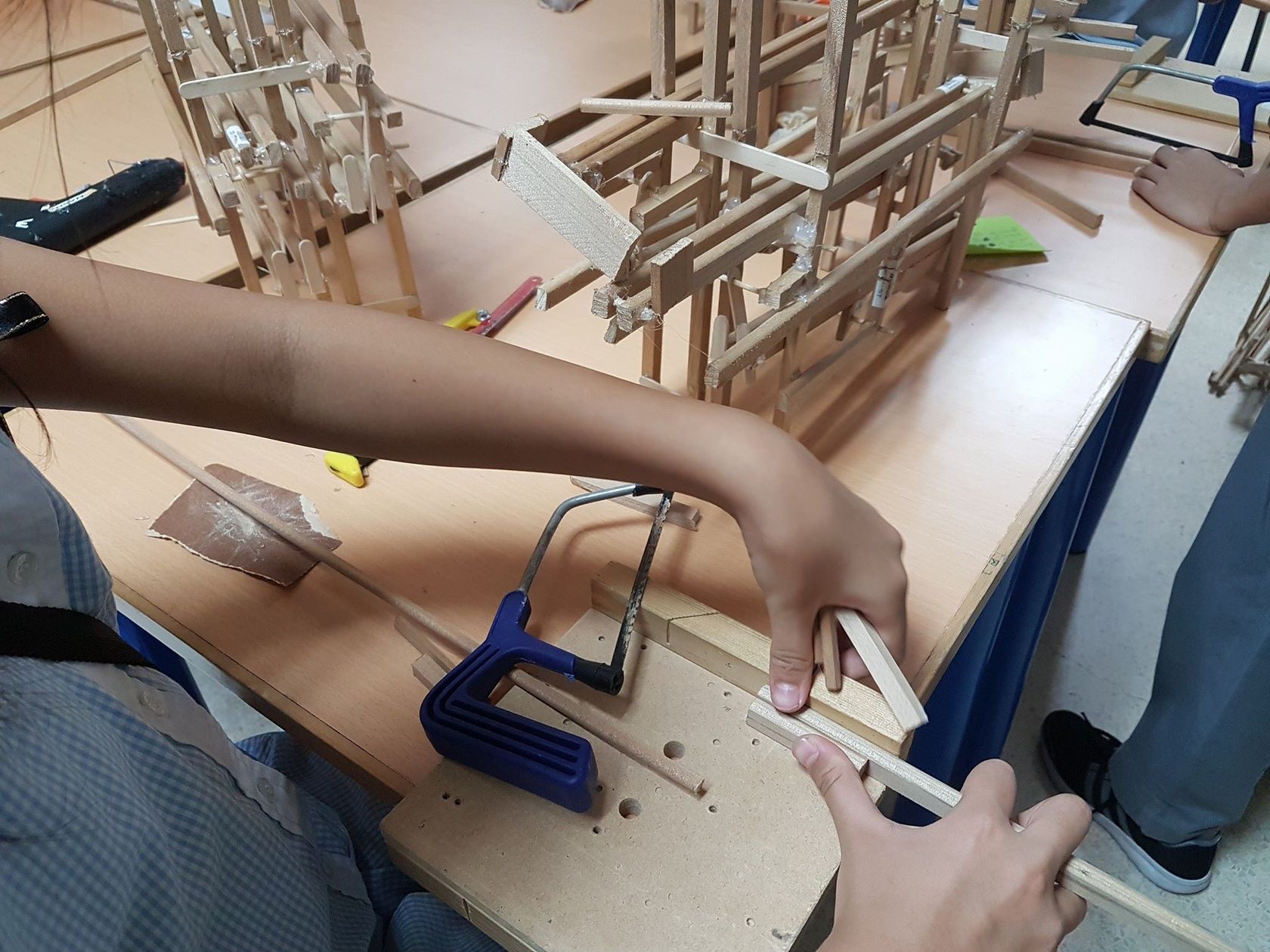
Once the initial template had been complete, students were free to design their own structures and build up in what ever way they wanted.
Students rejoined for additional courses and continued building their original marble run. Since the start, there have been some amazing results, some of them can be seen in the photo below.
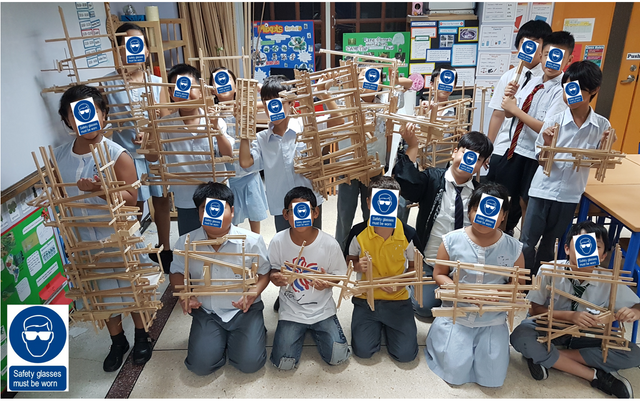
If you enjoyed this post and liked what the students have built, please follow and upvote for more :)
Awesome! Looks like your students are one happy bunch - gaining focus and building their self-esteem through trial and error, and learning the importance of team work.
Which country do you teach in?
I'm teaching at an international school in Bangkok, Thailand. Thanks for your comment.